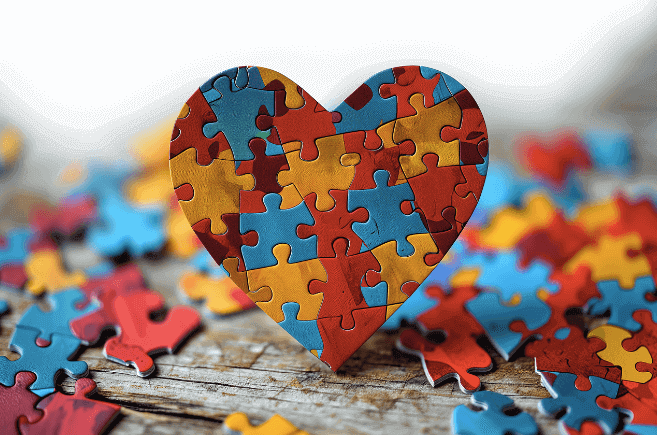Autism Spectrum disorder (ASD), is a neuro-developmental condition that can affect people in different ways and to different extents. According to the World Health Organization (WHO), approximately 1 in 100 people are estimated to be born with the lifelong condition.
The main difficulties experienced by people with ASD are difficulties with communication, repetitive behaviour, and social challenges. This condition is referred to as a spectrum because how symptoms impact on and the severity of them can vary greatly between individuals.

What Are The Symptoms Of Autism Spectrum Disorder?
The symptoms of ASD can be categorised into three overarching themes: communication, repetitive behaviour, and social challenges. Under each of these themes there are a variety of different ways difficulties can manifest. Some examples here are summarised in the table below:
| Communication |
|
| Repetitive behaviour |
|
| Social challenges |
|
How To Treat ASD
It is often advised to detect and diagnose ASD as early as possible to optimise treatment outcomes. However, treatment of ASD does not aim to cure the condition, but rather focuses on helping those experiencing the negative impact of it to manage their difficulties.
This can include applying strategies from behaviour therapies, speech and language therapy, and educational and occupational support. As each person with ASD will experience unique needs, treatments can look different from person to person.

How Can I Get Assessed For ASD?
The best course of action if you think you might have ASD and want to be assessed would be to speak to a GP, psychiatrist, or psychologist about being referred for an assessment. Once you have been referred to a clinician qualified to carry out an ASD assessment, the first meeting with them typically works as a ‘screening session.’
This involves a conversation with the clinician about your symptoms and completing some short questionnaires. After the screening, the clinician will advise you about whether a full assessment is worthwhile or not.
If this leads to a full assessment, you may or may not get a diagnosis depending on the results. Regardless of diagnosis, you will receive a report that summarises the results of the assessment, including your strengths and weaknesses, an estimation of the level of various autism symptoms, and recommendations for how to deal with symptoms.
Can You Grow Out Of Autism?
The term ‘disorder’ can sometimes be misleading as it has a medical connotation to it. It is important to note that autism is not something that you ‘catch’ that can be cured.
It is more like a set of characteristics that one is born with which can include strengths and weaknesses alike. For those who are born with Autism, it is a lifelong condition.

Living With ASD
As ASD is not something we work to ‘get rid of,’ the focus of support is rather on adaptation. Support typically involves helping family and friends learn about the diagnosis and the needs of the person with ASD.
There are also adjustments that can be made to the environment which can be helpful, such as dimming lights or turning down sharp sounds that are perceived as overwhelming to the individual. Promoting awareness and acceptance are key.
The person with ASD can also learn about how to navigate the parts of the world they find challenging. For example, they can learn about social norms and gestures which can give them improved confidence when interacting with others.
They can also learn about their sensory needs and how to meet them. Often this involves learning to self-soothe by connecting with their sensory experiences when they start feeling overwhelmed.
Conclusion
With the right level of support, people with an autism diagnosis can lead fulfilling lives with rich experiences and close relationships. There is a growing understanding of the diagnosis and what can be done to support those struggling with symptoms.




